EDITORIAL
Published on 29 Aug 2022
Editorial: Genetically mobile elements repurposed by nature and biotechnologists
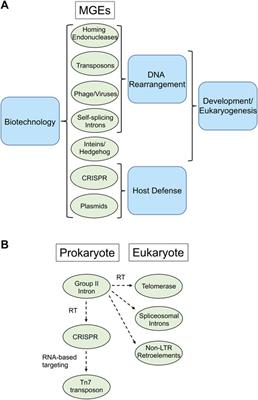
doi 10.3389/fmolb.2022.992664
- 1,074 views
8,401
Total downloads
38k
Total views and downloads
Select the journal/section where you want your idea to be submitted:
EDITORIAL
Published on 29 Aug 2022

OPINION
Published on 05 Jul 2022
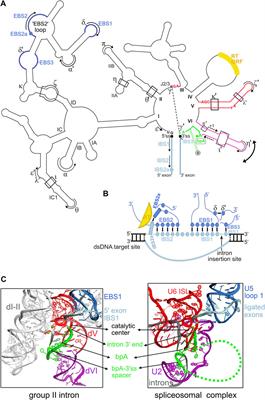
ORIGINAL RESEARCH
Published on 01 Jul 2022

REVIEW
Published on 20 May 2022
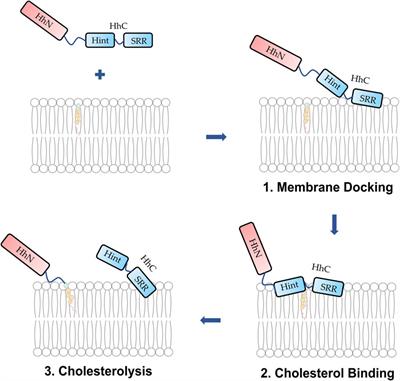
REVIEW
Published on 08 Apr 2022

REVIEW
Published on 24 Mar 2022

ORIGINAL RESEARCH
Published on 16 Mar 2022
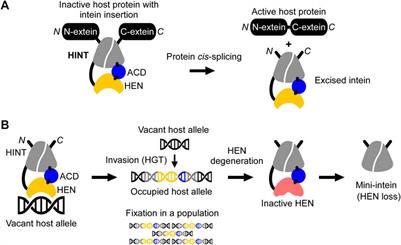
ORIGINAL RESEARCH
Published on 25 Feb 2022

REVIEW
Published on 08 Feb 2022

REVIEW
Published on 07 Oct 2021
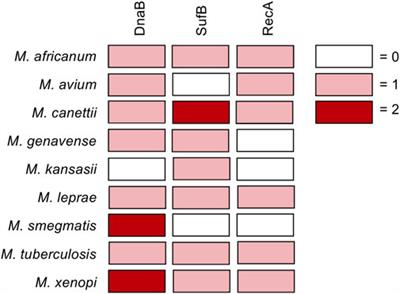

Frontiers in Cell and Developmental Biology